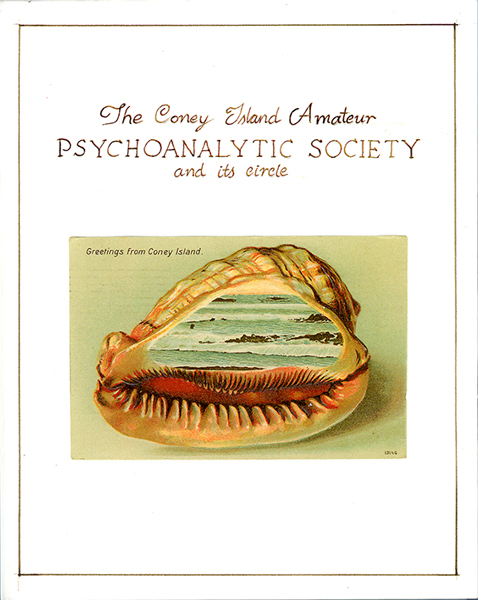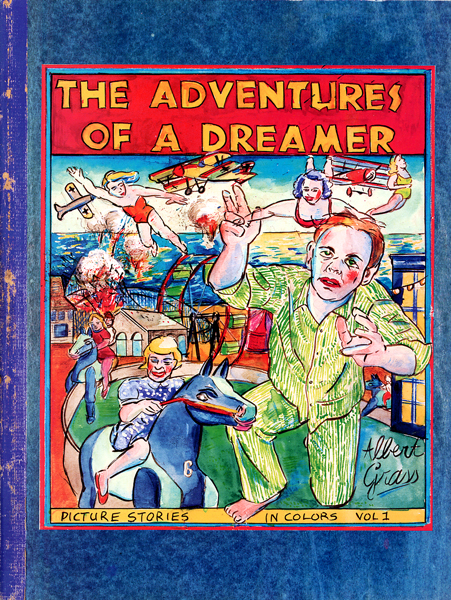
The Coney Island Amateur Psychoanalytic Society and their Circle
On the afternoon of August 28th 1909 Sigmund Freud visited Coney Island’s famous Dreamland amusement park. A hundred years later this, lively and imaginative book examines his legacy in Coney Island. It begins with Norman Klein’s reconstruction of his actual visit. However Freud’s real impact appears to have come later with the founding of the Coney Island Amateur Psychoanalytic Society.
Zoe Beloff conjures up the world of this unique Society most of them working people from a wide variety of cultural backgrounds.
Aaron Beebe, director of the Coney Island Museum, writes how his institution is reviving the idea of the living museum, that dates back to the early 19th century where art, science, spectacle and speculation coexist under one roof. Amy Herzog’s essay, “Primal Scenes: Sigmund Freud, Coney Island, and the Staging of Domestic Trauma” discusses how Freud’s theories can give us a deeper understanding of public’s fascination with Coney Islands unique attractions. ublished November 2009 by Christine Burgin
53 color pages
Available from Amazon

Adventures of a Dreamer
This hand-drawn prototype for a comic book, appears to have been created by Albert Grass, founder of the Coney Island Amateur Psychoanalytic Society in the 1930’s. It seems possible that he originally intended "The Dreamer" as a comic book hero in the mold of "The Spirit", or even "Superman" with extraordinary powers but this conception quickly changed. By episode three "The Dreamer" looses his ability to fly, landing on the ground with a loud "ouch!". He remains earthbound and the work becomes a more serious investigation into his own psychic life.
Many of Albert Grass’ anxieties speak directly to us today. He suffered the aftereffects of a brutal war. He worried about his neighbors being evicted. He felt the guilt of an artist who feels he should be more deeply engaged in a struggle for social justice. Previously unpublished, this facsimile edition makes available for the first time what appears to be an early attempt to use the language of the comic book to graphically manifest the unconscious.
Published November 2010 by Christine Burgin
53 color pages
Available from Amazon